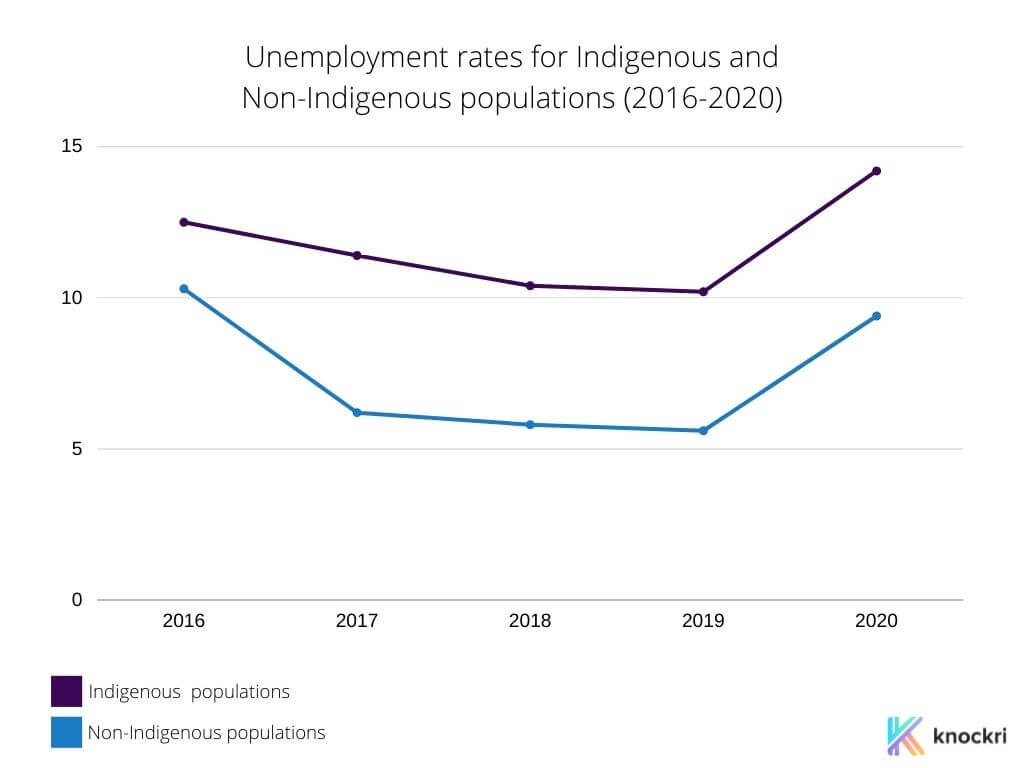Now, more than ever, we need to commit to doing better. With the discovery of more than 1000 unmarked graves at former residential schools, of which many closed only in the last 30 years, it’s impossible to not consider the sociological impacts residential schools have played on Indigenous peoples to present day.
You might have been aware – or not – of the existence of residential schools prior to the recent news. With the announcement of more children found each week as communities continue to search the grounds, what happened in these schools and the subsequent effects on Indigenous peoples since has stirred greater conversation on how we can do better.
With the search underway to uncover more unmarked graves, the mistreatment and the greater genocide of a population based on their ancestry has become more evident, causing us to wonder just exactly how this translates into today’s society. The purpose of residential schools was to anglicize Indigenous children – strip them of their culture, language, family, and ancestry. With the last residential school operating until 1996, this isn’t an old issue that has come to light. In fact, it’s an ongoing issue that needs to be addressed.
According to The Conference Board of Canada, Indigenous job applicants continue to experience difficulties because of the residential school system. In our recent consciousness, the segregation of Indigenous groups is still prevalent, and perhaps translates into the lack of opportunity and high unemployment rates among Indigenous groups within Canada and abroad.
The International Labour Office in Geneva released a report in 2007 stating that Indigenous groups often face barriers and greater challenges when seeking employment on a national and international scale.
According to their findings:
- Indigenous workers are unable to compete on equal footing with their knowledge and skills not valued as highly or they have limited access to higher education and training as their non-Indigenous counterparts.
- Indigenous workers are often exploited in terms of Labour Rights.
- Indigenous workers are more likely to be paid less than their non-Indigenous counterparts despite the same level of schooling. This becomes more evident with higher levels of education.
While likely exacerbated by the COVID-19 pandemic, according to Statistic Canada, in 2020 Indigenous unemployment rates stood at 14.2 per cent, while the unemployment rate of non-indigenous groups was only 9.4 percent. The four previous years reported show the disparity is not new, with Indigenous unemployment rates consistently doubling that of non-Indigenous groups and rates varying between First Nations, Métis, and Inuit groups.

Unemployment rates in Indigenous and Non-Indigenous populations from 2016-2020 according to Statistics Canada.
However, the disparities in employment of Indigenous groups doesn’t end there. Indigenous women are more likely to experience unemployment, and are specifically less likely to obtain full-time employment (63.4 per cent) compared to their male counterparts (70.8 per cent) according to Statistics Canada.
How We Can All Do Better
With more ways to reduce systemic hiring bias available, it’s important to begin reflecting on your company’s current hiring practices. While it might be easy to believe that you might be immune to unconscious biases, there is always opportunity to do more. A study conducted by Catalyst determined that 52 per cent of working Indigenous people feel the effects of bias in the workplace, with women experiencing the feeling of being ‘On Guard’ significantly more than men – 67 per cent compared to 32 per cent.
But what can we do? Vandana Juneja, executive director of Catalyst, answers this, stating employers have room for improvement and need to make a conscious effort to reduce bias in the workforce. “Companies must take intentional action to understand the unique challenges and biases faced by Indigenous employees, and specifically how these experiences impact their work experience, to help inform solutions.”
Re-examining your hiring practices to pinpoint any adverse impacts is the first step. Taking accountability to reduce bias and increase diversity in your hiring practices is as simple as looking at how you recruit. The inequalities Indigenous groups have experienced over the past century has been immeasurable, but now is our time to begin rectifying and helping our Indigenous brothers and sisters heal in every way we can.
Knockri recognizes that we are on the traditional territory of many nations including the Mississaugas of the Credit, the Anishnabeg, the Chippewa, the Haudenosaunee, and the Wendat peoples, and share a community that is home to many diverse First Nations, Métis, and Inuit peoples.
Book a meeting with an HR solutions consultant



